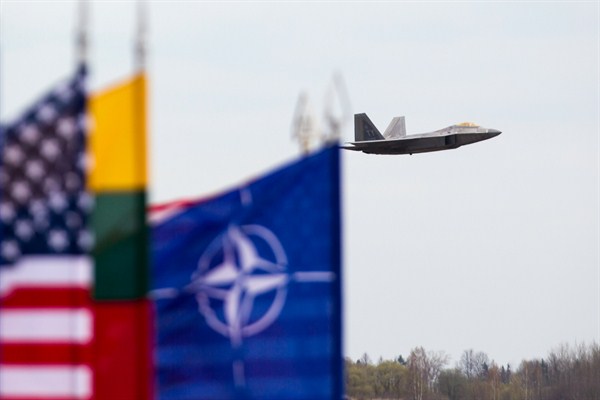BELGRADE, Serbia—July’s NATO summit in Warsaw, Poland, brought the alliance’s leaders to a country where the perceived threat of Russian aggression is particularly acute. It was appropriate, then, that they agreed to beef up NATO’s presence in Central and Eastern Europe, something that Poland and some of its regional partners have been calling for since Russia’s incursion into Ukraine and annexation of Crimea in 2014. Four battalion-sized battlegroups—fully armed and equipped, with troops from leading NATO members, including the United Kingdom, Germany, Canada and, most importantly, the United States—will deploy on a rotational basis to Poland and the three Baltic states: Estonia, Latvia and Lithuania. The summit also agreed to a range of other “deterrence” measures designed to increase the alliance’s responsiveness to threats and its effectiveness in tackling an invasion from the east.
These deployments won’t be permanent, and, realistically, they would not be enough to hold off a full-scale Russian invasion. But NATO’s concrete commitment to Central and Eastern Europe is not only important symbolically and diplomatically. It also creates a tripwire for U.S. and Western European involvement in the event of an invasion: Russian troops invading the region would have to engage troops from the U.S. or other major military powers, in theory immediately drawing them into a war. Previously, NATO’s Article 5 on collective defense was generally regarded outside the region as enough of a guarantee. But as Polish Foreign Minister Witold Waszczykowski has noted, defense treaties have not guaranteed his country’s security in the past.
Across Central and Eastern Europe, though, views differ on the importance of boots on the ground to ensuring the region’s security. Nonmilitary threats are growing, in the form of Russian propaganda, espionage and covert political activities, along with terrorism. And the fact that the level of agreement and mutual satisfaction among NATO’s 28 member states came as something of a surprise is a sign that over the longer term, a united approach to Russia may be hard to maintain.

